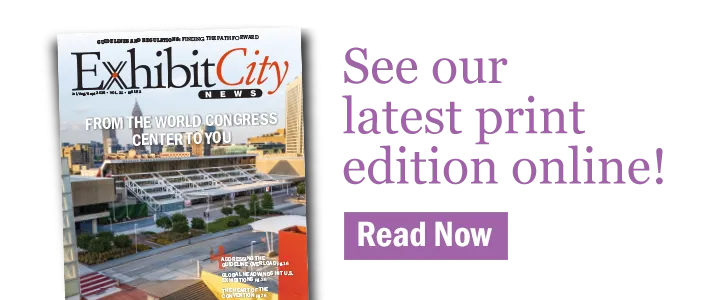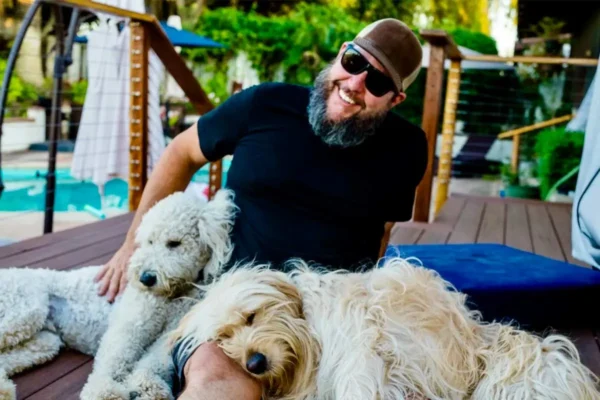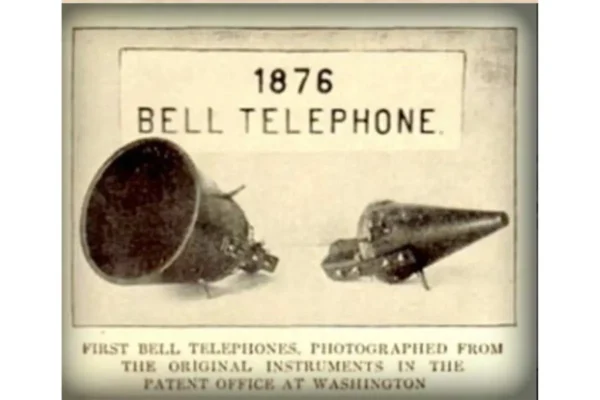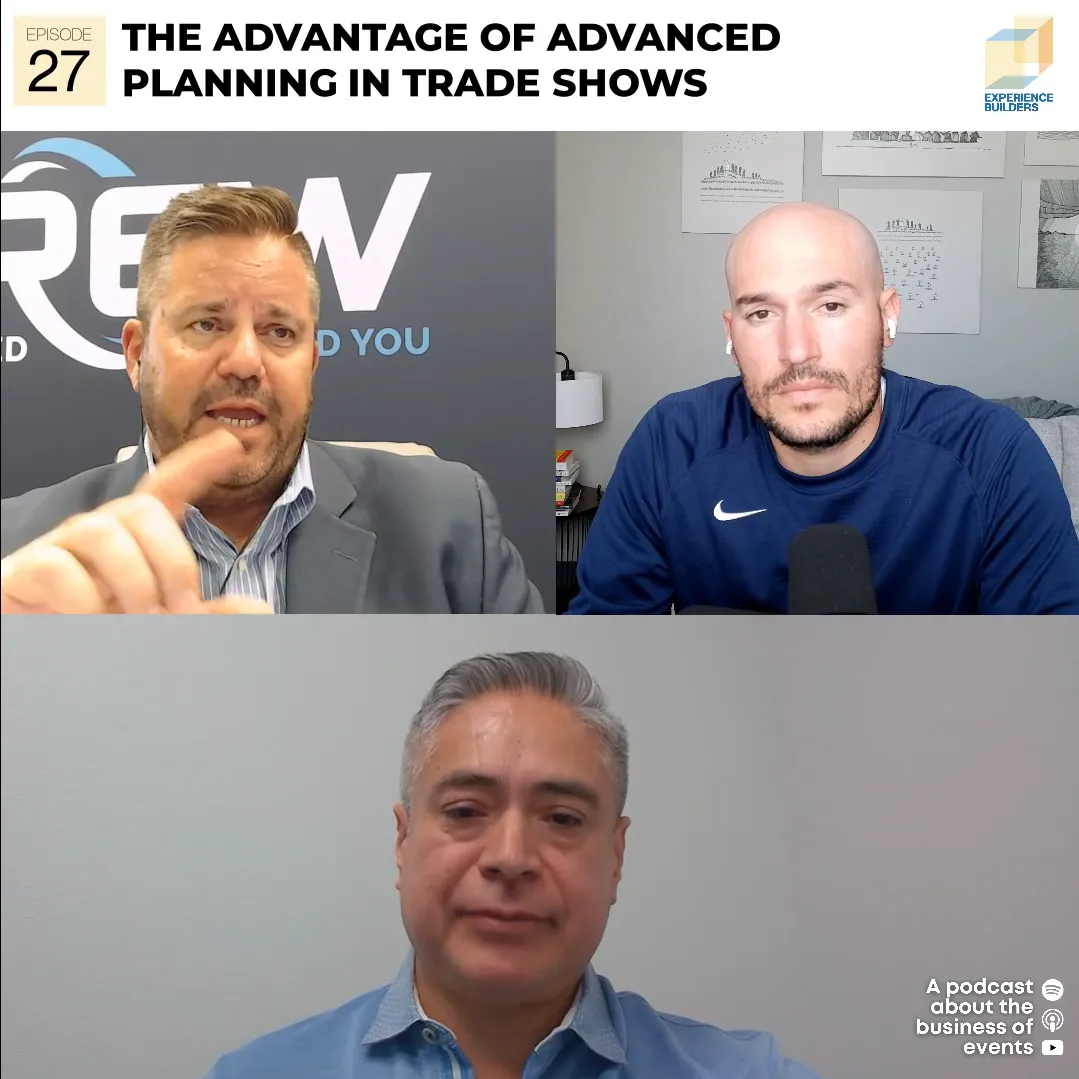Ask a dozen people what it takes to create the perfect guest experience in an exhibit and you are bound to get as many different answers. About 40 women sought to pinpoint the components of such an experience Tuesday during the Women in Exposition’s meeting held in conjunction with Exhibitor2010 in Las Vegas through March 18.

Hosted by Debra Roth, creative director and CEO of Pink, Inc, the meeting attracted a broad spectrum of participants, from corporate exhibit managers to exhibit house designers and journalists to junior account executives.
“Times are changing and so must the guest experience,” said Michelle Benson, vice president of client services for Momentum Communications. “It is time to accept that attendees are much more savvy today. They do not come to shows for freebies. They want to be entertained, educated and engaged. If you help the attendees (guests), they will help you in return.”

There was a consensus among the crowd that the perfect guest experience does not begin with the exhibiting companies but with the show producer and general contractor who must create a welcoming environment for all. For example, if a show must have an engaging and appropriate theme, there must be pre-show promotion and follow up, lighting and adequate hall temperature and noise levels conducive to conversations.
The following were among the suggestions offered for creating the elusive perfect guest experience.
• Clear messaging about your company, products and services; verbal and visual
• Ask customers how much time they have and adjust your presentation to the guest’s schedule and expectations
• Canned deliveries are out. Ask customers about their needs and concerns then individualize and customize the message for each visitor. Make it about the customer, not about scanning badges.
• A guest’s time is valuable and special, thus he or she should be treated as such.
• A tradeshow exhibit and presentation should offer guests a unique experience, one different from a sales call or Web site presentation. Something they can’t experience elsewhere.
• Train staff from A to Z to be engaging and to know the industry trends and issues, products and services inside and out. If a staff member can’t help a customer, make sure they know who can and direct them to that person.
• Immediately after the show and periodically thereafter, there should be a timely, targeted, pre-show and post-show follow up. A phone call or written note is more effective and memorable than an email. “Remember, what happens in Las Vegas, takes several weeks of follow up,” added Gwen Hill, director of business development for ExhibitForce.com.
Aleta Walther is a Southern California-based marketing and communications professional and freelance writer with several years experience as a corporate event manager. Contact Aleta at aw@waltherstewart.com.






















